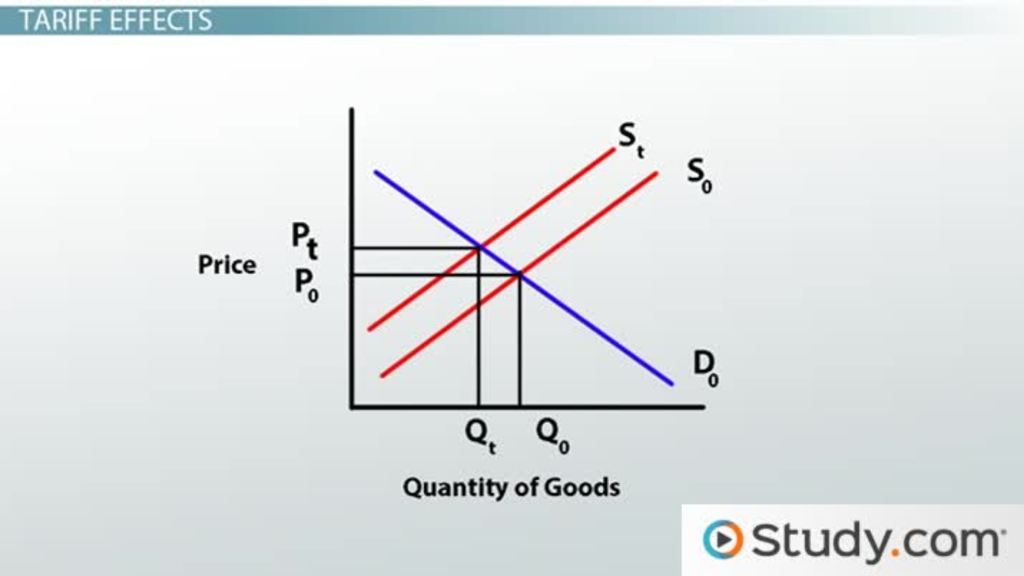Silent Divorce: Identifying The Subtle Signs Of Marital Breakdown

Table of Contents
Emotional Distance and Lack of Intimacy
A significant indicator of a silent divorce is a growing emotional and physical distance between partners. This disconnect manifests in various ways, subtly eroding the foundation of intimacy that once bound the relationship.
Decreased Physical Affection
Physical touch is a fundamental aspect of healthy relationships. A decline in physical intimacy signifies a significant shift in the dynamics of the marriage. This isn't just about sex; it encompasses all forms of physical affection.
- Rare physical contact: A noticeable decrease in hugs, kisses, hand-holding, or other forms of casual physical touch signals emotional distance.
- Absence of spontaneous affection: Spontaneous displays of affection, like a quick hug or a loving touch, dwindle or disappear entirely.
- Reduced sexual frequency or complete avoidance: A significant decrease or complete cessation of sexual intimacy is a major red flag, indicating a deep emotional disconnect.
- Lack of physical closeness during shared activities: Even during shared activities, the couple may avoid physical proximity, indicating a desire for emotional separation.
Emotional Withdrawal
Beyond physical intimacy, emotional withdrawal is a critical sign. This involves a decrease in empathy, emotional support, and meaningful communication.
- Less frequent conversations: Conversations become shorter, less frequent, and lack depth.
- Minimal sharing of feelings and thoughts: Partners may refrain from sharing their feelings, thoughts, or experiences, creating an emotional chasm.
- Lack of emotional support during difficult times: One or both partners may fail to offer support and understanding during challenging periods.
- Increased criticism and negativity: Instead of support, communication may be dominated by criticism, negativity, and resentment.
- Feeling emotionally alone within the marriage: Despite living together, partners feel emotionally isolated and disconnected from their spouse.
Changes in Communication and Shared Activities
The way a couple communicates and spends their time together provides significant insights into the health of their relationship. Changes in these areas can signal a silent divorce.
Reduced Communication
Meaningful communication is the cornerstone of a strong marriage. A decline in communication quality and quantity is a powerful indicator of problems.
- Short, curt conversations: Conversations become brief, superficial, and lacking in warmth or affection.
- Avoiding difficult topics: Couples may avoid discussing important issues or disagreements, leading to unresolved conflicts.
- Increased silent treatment: The silent treatment becomes a common form of communication, replacing meaningful dialogue with avoidance.
- Lack of active listening: Partners may fail to actively listen to each other, indicating a lack of interest or engagement.
- Increased arguing without resolution: Arguments become frequent but never lead to resolution or understanding.
Separate Lives and Activities
As a silent divorce progresses, couples may begin leading increasingly separate lives.
- Spending less time together: Couples spend less quality time together, prioritizing individual activities over shared experiences.
- Separate hobbies and interests with no overlap: Individual interests dominate, with little to no shared hobbies or activities.
- Lack of shared social events: The couple may attend fewer social events together, further isolating themselves from each other.
- Increased time spent alone or with others outside the marriage: Partners may spend more time alone or with friends and family, prioritizing external relationships over their marital bond.
- Lack of shared goals or plans for the future: The couple may have difficulty agreeing on future plans, indicating a lack of shared vision for their lives together.
Financial Separation and Lack of Shared Responsibility
Financial matters are often intertwined with emotional and practical aspects of a marriage. Changes in financial habits can reflect the growing distance and detachment.
Separate Finances
Managing finances separately can indicate a lack of trust and shared commitment.
- Separate bank accounts without joint access: Maintaining separate accounts without joint access signals a lack of financial transparency and partnership.
- Hidden purchases or financial activities: One or both partners may hide purchases or financial activities from their spouse, eroding trust.
- Lack of discussion about financial goals and plans: Discussions about financial goals and planning for the future become rare or non-existent.
- One partner solely managing finances: One partner may take sole control of the finances, creating imbalance and resentment.
- Avoiding discussions about shared financial burdens: Couples may avoid discussing shared financial responsibilities, leading to increased tension.
Unequal Division of Household Chores
An unequal distribution of household chores can reflect growing resentment and a lack of teamwork.
- One partner consistently carrying the weight of household tasks: One partner may bear the brunt of household responsibilities, leading to feelings of resentment and exhaustion.
- Lack of teamwork in managing household chores: There is a lack of collaboration and teamwork in managing daily household tasks.
- Resentment over unequal workload: Resentment builds over the unequal division of labor and responsibilities.
- Ignoring requests for help with household tasks: Requests for help with household tasks are ignored or met with resistance.
Seeking Professional Help for Silent Divorce
Recognizing the signs of a silent divorce is the first step. Seeking professional help is crucial to address the underlying issues and potentially salvage the relationship. Couples therapy or marriage counseling provides a safe and supportive environment to communicate, identify problems, and work towards solutions. Don't hesitate to reach out to a qualified therapist or counselor. Many online resources can help you find therapists in your area who specialize in relationship issues. Early intervention can make a significant difference in preventing a complete marital breakdown.
Conclusion
A silent divorce is a gradual process characterized by emotional distance, communication breakdown, financial separation, and an unequal division of responsibilities. Recognizing these subtle signs is crucial for preventing irreparable damage to the marriage. Don't let a silent divorce unravel your marriage. If you notice these signs in your own relationship or those of loved ones, take proactive steps. Recognize the signs and seek help today. Learn more about identifying and addressing the signs of a silent divorce and save your marriage before it's too late.

Featured Posts
-
 Us China Trade Partial Tariff Relief For American Goods
Apr 28, 2025
Us China Trade Partial Tariff Relief For American Goods
Apr 28, 2025 -
 Teslas Rise Leads Tech Giants To Lift Us Stocks
Apr 28, 2025
Teslas Rise Leads Tech Giants To Lift Us Stocks
Apr 28, 2025 -
 The Difficult Path Laid Off Federal Workers And The Search For State And Local Jobs
Apr 28, 2025
The Difficult Path Laid Off Federal Workers And The Search For State And Local Jobs
Apr 28, 2025 -
 New York Yankees Aaron Judge Becomes A Father
Apr 28, 2025
New York Yankees Aaron Judge Becomes A Father
Apr 28, 2025 -
 Red Sox Outfielder Breakout Could This Player Be The Next Jarren Duran
Apr 28, 2025
Red Sox Outfielder Breakout Could This Player Be The Next Jarren Duran
Apr 28, 2025
